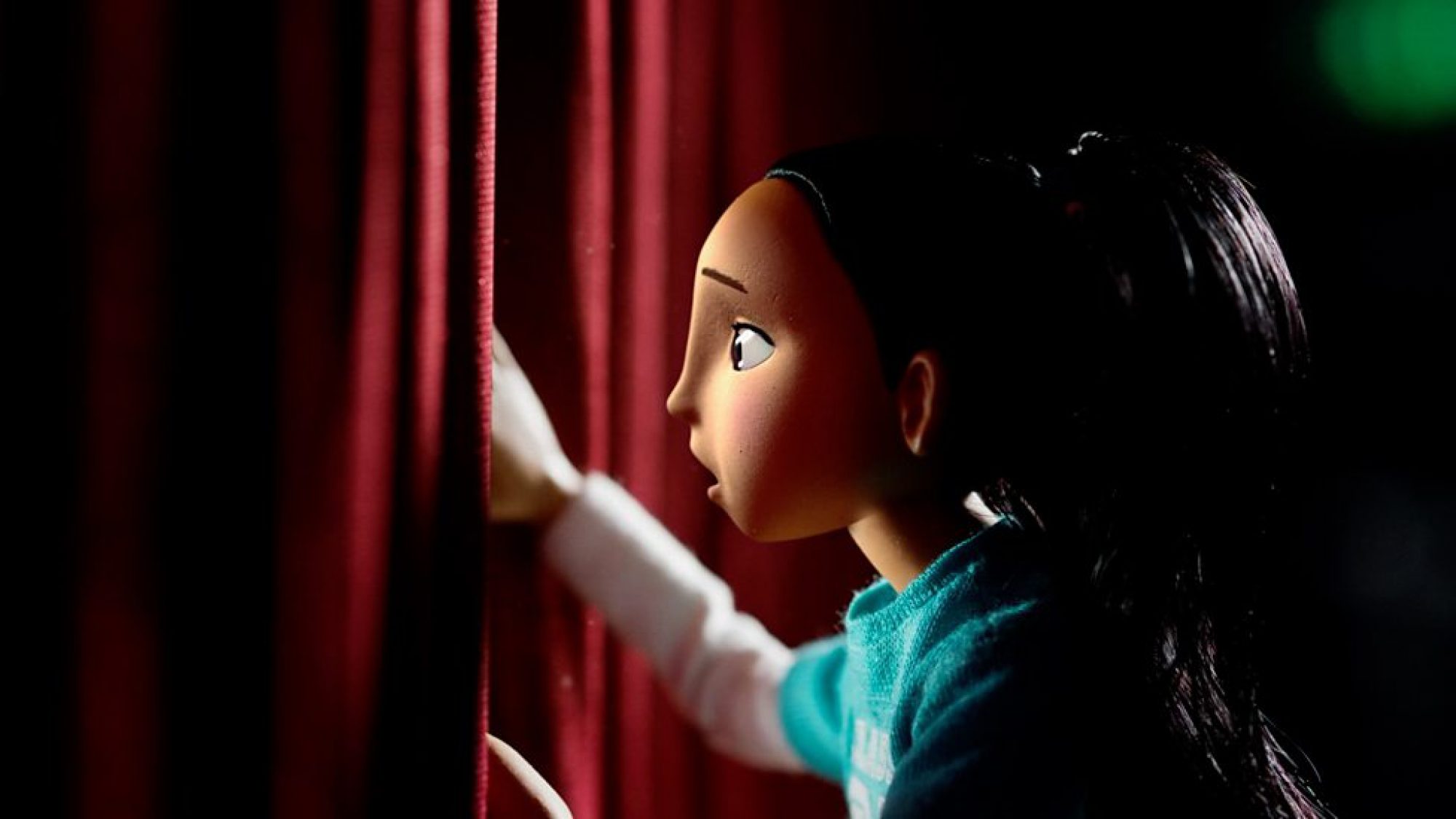

It’s the most wonderful time of the year for content marketers. The festive period leading up to Christmas is the most profitable season for the retail sector, and marketing budgets have ballooned to mirror the spending habits of consumers. The Advertising Association estimates that corporate spending on Christmas ads in 2017 amounted to £6bn, reflecting an increase of 40% in just seven years. And retailers are not alone – according to Nielsen, the charity sector also increased its advertising spend by 37% in the final quarter of the year, as the period can account for up to 30% of a charity’s yearly income.
John Lewis is widely considered to be the pioneer of the modern Christmas content phenomenon in the U.K., and the annual release of their campaign has become something of a national pastime. Their ads have raised the bar for the whole industry – including charities – and competition is fierce. But how did we get here?
John Lewis’s signature style can actually be traced back to 2007, but they struck viral success in 2011, when The Long Wait, earned over a million views on Youtube in a matter of days. Audiences loved the nostalgic story told through the eyes of a child, and the strategy proved a lucrative one: John Lewis’s year-on sales increased by 9.3 percent in 2011, followed by a staggering 44.3% increase the following year.
https://www.youtube.com/watch?v=pSLOnR1s74o
Other retailers were quick to jump on the storytelling trend, and both the corporate and social sectors have seen a steady increase in ad spend, as competitors try to outshine each other. Across the board, advertising agencies have perfected the formula of emotional narratives full of warmth, humour and nostalgia. According to one strategist, highlighting everyday situations is key, as audiences prefer familiar scenes, rather than aggressively obvious product placement.
Although John Lewis has dominated for years, the team here at Raw London felt that Moz The Monster fell short of its previous efforts, despite a record-breaking £6m budget and creative direction by Michel Gondry. That’s certainly supported by Real Eyes’ Christmas ad ranking, which measures viewers’ emotions by tracking their facial expressions via technology. Their 2017 study saw John Lewis come in 17th place – a steep fall from their 2016 ranking of first – having been outperformed by rivals M&S and Debenhams, as well as Aldi, Waitrose and Tesco.
Could there be such thing as too much storytelling? It’s possible that John Lewis has leaned too much on repeating a familiar formula, and lost their audience in the process. Jane Bloomfield at Kantar Millward Brown sums the risk up pretty well: “If a brand focuses exclusively on telling a great story, but forgets its own role or doesn’t have a clear purpose for the consumer, it can generate some enjoyment and love but does very little else.”
https://www.youtube.com/watch?v=Jw1Y-zhQURU
So what trends will we be looking out for next year? One of the most notable evolutions has been how organisations diversify the reach of their content. Today’s Christmas ads come with fully-fledged social media campaigns to encourage audiences to continue the conversation online – John Lewis’s #MontyThePenguin and #BusterTheBoxer campaigns generated massive buzz in recent years, as did Age UK’s #NotByMySelfie campaign to combat loneliness among the elderly. Spending on social media video ads is also expected to increase 40% to £234m in 2018 according to advertising analysts WARC.
Retail-charity partnerships are still a popular PR strategy, and we predict these will continue to grow. One of the most memorable big-budget ads in recent years was Sainsbury’s 2014 World War 1 epic celebrating the 1914 Christmas truce between Allies and German troops in the trenches, which they created in partnership with the Royal British Legion. Last year, John Lewis partnered with The Wildlife Trust for its Buster the Boxer ad, and this year, Marks & Spencer’s’ wildly popular Paddington Bear television spot (which came fourth in RealEyes’ ranking) is projected to raise £200,000 for the NSPCC’s Childline service.
As fans of animation, we were thrilled to see animated ads get their moment in the spotlight. Aldi’s Kevin the Carrot spot topped several ‘best of’ lists this year, while BBC One’s The Supporting Act was another surprise favourite. With endless possibilities and creative flexibility, the medium lends itself to almost any story – and it’s a trend we’ll be keeping a close eye on in 2018.
In summary, it’s fair to say that Christmas competition has done good things for marketing overall – both in terms of improving the quality of content, as well as the knock-on effect it has had in spotlighting worthy charities who can’t always afford the same budget. As specialists in content strategy and working predominantly in the third sector, we’re delighted to see that change in the market. Long may it continue!